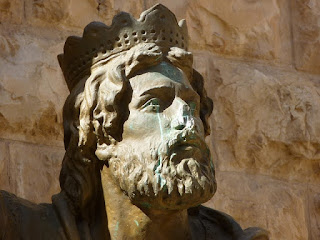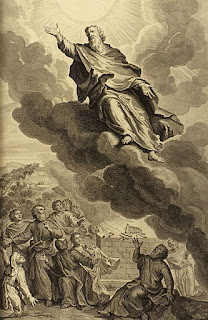Reading Notes: David, Part B
For the second part of the reading this week, I chose to continue reading Folklore of the Holy Land: Moslem, Christian and Jewish. In this blog, I would specifically like to focus on the story of David, which was written by J. E. Hanauer in 1907.
In my last reading notes blog I discussed the Ancient Middle East version of Noah and the Ark. Similarly, I am familiar with the Christian version of the story of David. It was interesting to see how the two versions are related to each other but, at the same time, also very different. As I noted in my last blog, I feel as if the Ancient Middle East version provides more details than does the Christian version. Additionally, certain parts of this story made obvious the differences between the two different faiths--particularly the ending.
I have read several biblical stories for this class and most have been excerpts from the King James Bible. This story (and also the one about Noah) are different in that they are written in more of a traditional story format versus a biblical one. Like many Bible passages, there is quite a bit of direct quoting in this story as well. It was also interesting to read the Ancient Middle East version of the story of Bathsheba as well.
Statue of King David at Mount Zion
Source: Photo by Alexander Dyomin | Flickr
Bibliography: Folk-lore of the Holy Land: Moslem, Christian, and Jewish by J. E. Hanauer (1907).



Comments
Post a Comment